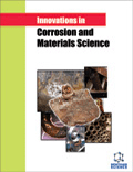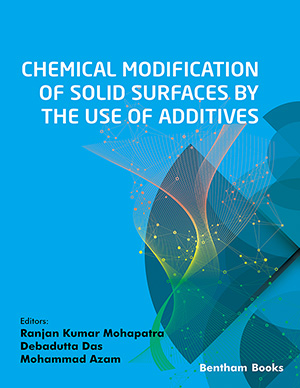Abstract
The CO2 laser welding technique was proposed as a method of joining dissimilar materials. The corrosion resistance of the joint of TP347HFG and VM12-SHC stainless steels in chloride solution was investigated. The stainless steels were butt welded. The materials were examined by electrochemical methods. The microstructure of the weld and the heat-affected zones were observed in an optical (OM) and scanning electron microscope (SEM). The X-ray fluorescence spectrometer (XRF) was used to determine variations in the main chemical elements across the fillet weld. The results showed a substantial intermixing of both substrates within the fusion zone. The joint in the environment of strong electrolytes of Cl- corrodes according to the electrochemical mechanism. The corrosion kinetic parameters for the substrates were calculated and discussed. The joint possesses medium resistance to electrochemical corrosion in relation to both steels.
Keywords: Austenitic, corrosion kinetic parameters, cross-section, electrochemical corrosion, laser welding, joint, martensitic.
 13
13







